The Brunel Museum, London
A review of a recent visit to the Brunel Museum, Rotherhithe. Includes the engine house and tunnel shaft. A small museum which gives a real sense of the scale of Victorian engineering projects.
The Thames Tunnel – Marc Brunel’s Triumph (?)
For one reason or another (part laziness, part lockdown), I didn’t visit the Brunel Museum when I lived just over the river in Wapping. It’s not like I’m very far away now, though, so I managed a trip recently on a quiet Saturday morning. The Brunel Museum is small and self-contained, so doesn’t need too long to visit. You may want to time your trip though – the main attraction is a visit to the Victorian tunnel shaft, running every 30 minutes.
But first of all, let’s talk a little about the Thames Tunnel and why it’s so important. By the early 19th Century, London was one of the busiest ports in the world. The river was so jam-packed with boats that it was actually pretty difficult to move goods around quickly. And there were relatively few bridges as sailing ships had to be able to pass by; to get from Rotherhithe to Wapping you needed to go 3-4 km to London Bridge.
Others had had the idea to build a tunnel under the river as a solution to this problem. But earlier attempts had failed, largely due to the difficult conditions and materials to dig through, including quicksand. Brunel, a French engineer, did not have an easy time of it, to be sure. His project, which was meant to take a couple of years, lasted from 1825-1843. It was never a commercial success, either. Brunel had envisaged winding openings large enough for horses and carts. But in the end it opened only for foot traffic. Initially a novelty, by the 1860s it was a den of vice, and protection from the elements for London’s homeless.
The tunnel had a second life, however, doing more or less what it was intended to do all along. In 1865 the East London Railway Company purchased it and turned it into a railway line across the river. The original tunnels still serve this purpose today, taking London Overground passengers from Rotherhithe to Wapping or vice versa.
The Brunel Museum
Despite these commercial difficulties, the Thames Tunnel was still immensely important. This is for two main advances in tunneling techniques implemented or invented by Brunel. The first was the use of a caisson for getting underground. Basically, the huge brick entrance shaft you see in the images above is a caisson. Rather than digging a shaft and lining it, the shaft is built on the surface. The weight of the structure does the work, and you can dig out the earth in the middle in relative safety.
The second technique was a tunneling shield. This was a metal structure that was inched forward a bit at a time. It had ‘cages’ for several men to work in a grid formation, digging out earth while bricklayers followed behind them to create the tunnels. It was a great design, but was still hellish work. The miners employed by Brunel to work in the shield could only do a couple of hours at a time. It was cramped, mucky, and dangerous. The Thames breached the tunnel several times during construction, resulting in a loss of life. Once, Isambard Kingdom Brunel was almost one of the victims.
Today, it is possible to learn about all this and more at the Brunel Museum. The museum itself is in the engine room which once pumped water from the bottom of the tunnel. It has information panels, videos, Victorian souvenirs from the tunnel’s heyday, and impressive photos of the Brunels’ massive engineering projects. The tours to the tunnel are evocative and informative, and give you a much better sense of the scale of the endeavour.
The Brunel Museum is a small museum which could use support to recover from the pandemic. If I haven’t tempted you yet with fascinating historic facts, please note you can also combine a visit to the tunnel with cocktails at Midnight Apothecary, a pop-up bar on the museum’s rooftop. Cheers to Marc Brunel and his Thames Tunnel!
Salterton Arts Review’s Rating: 3.5/5
What other hidden museums does London have to offer? Find out by signing up for our weekly newsletter:
If you see this after your page is loaded completely, leafletJS files are missing.

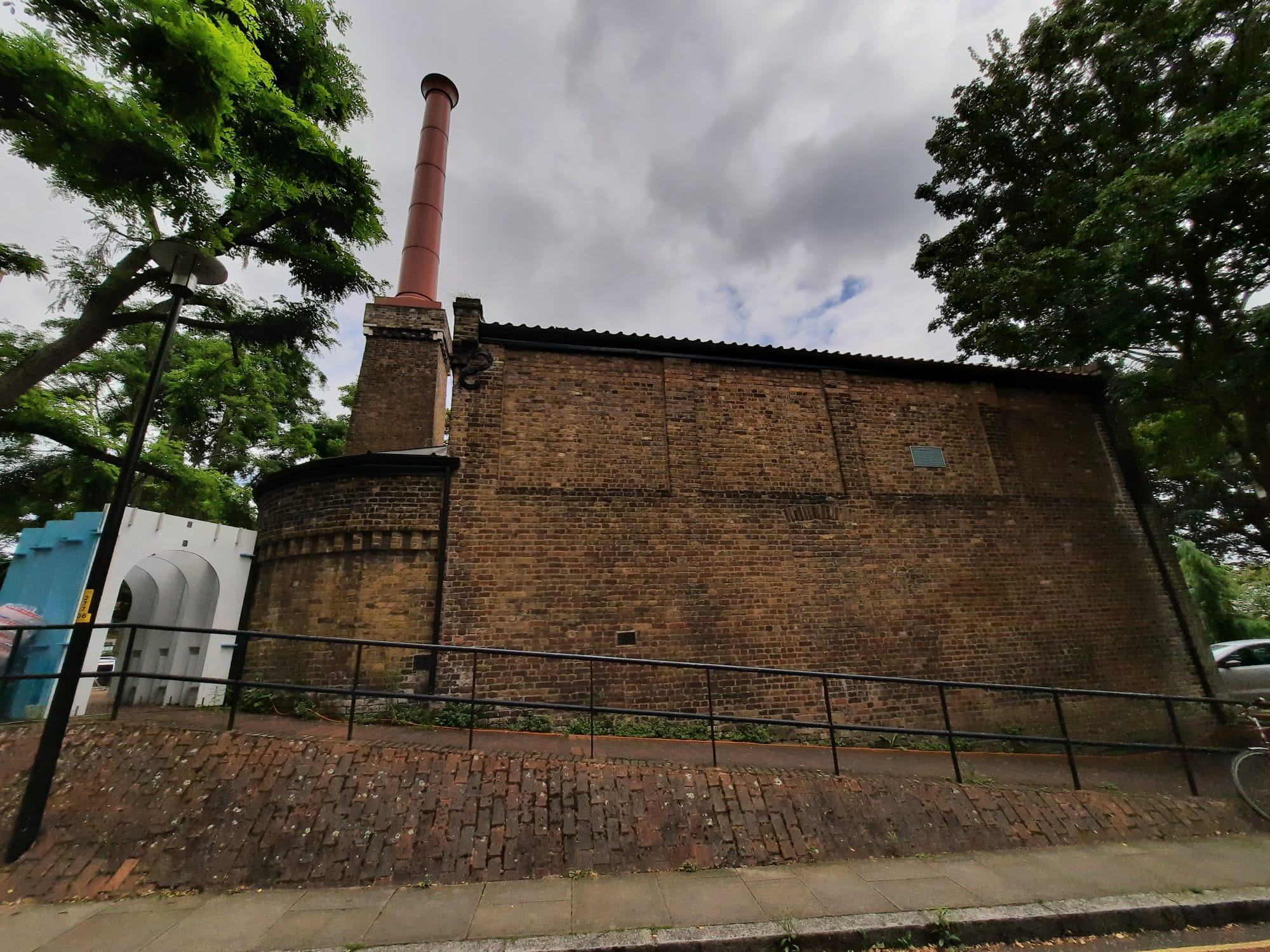
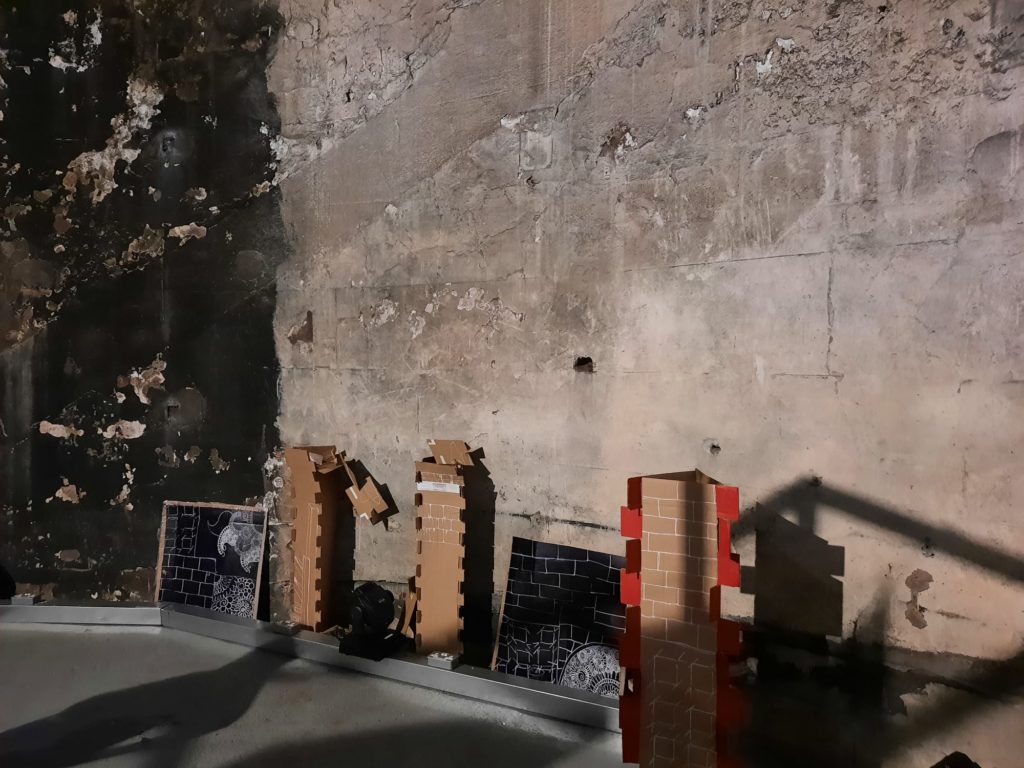
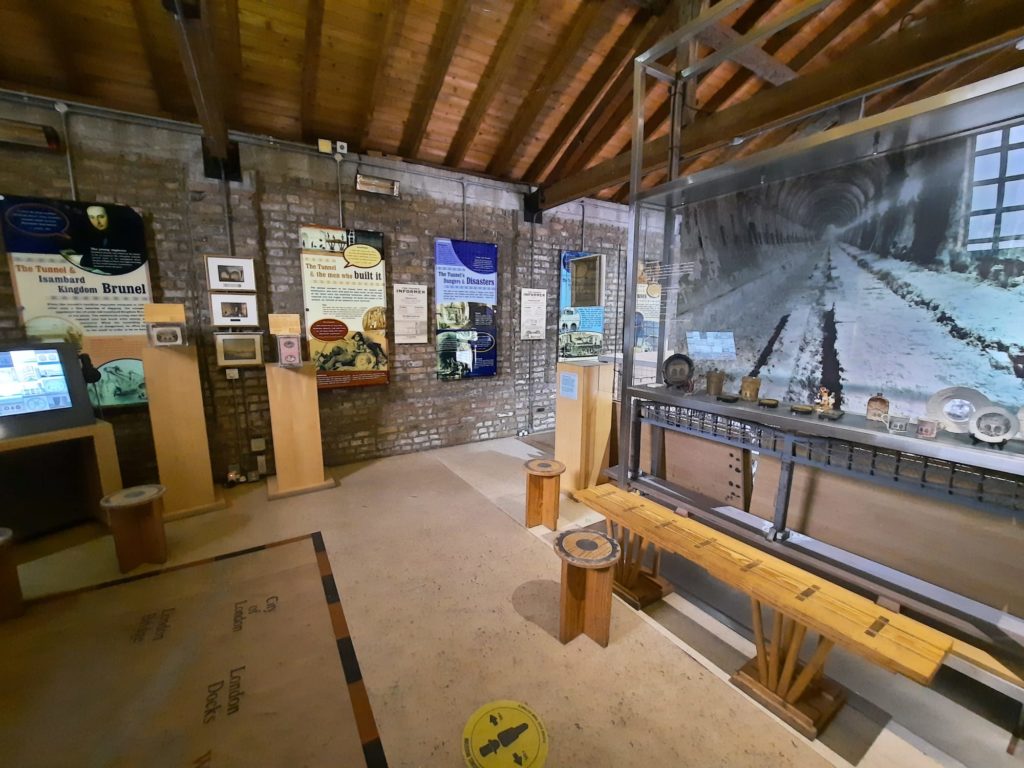
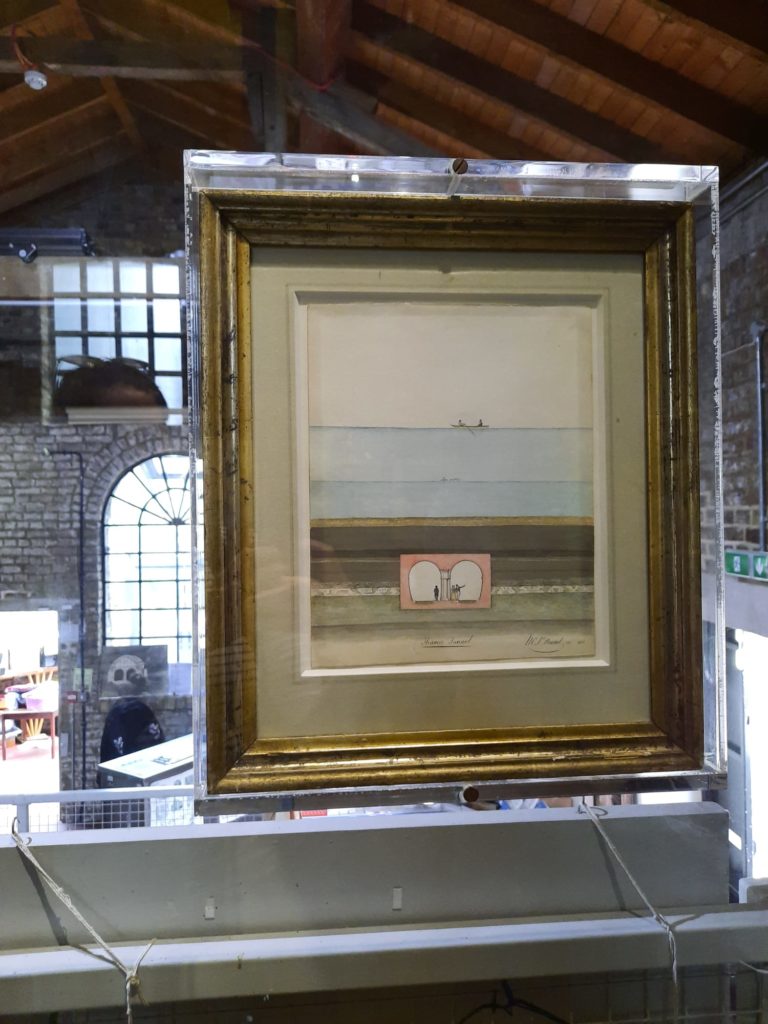
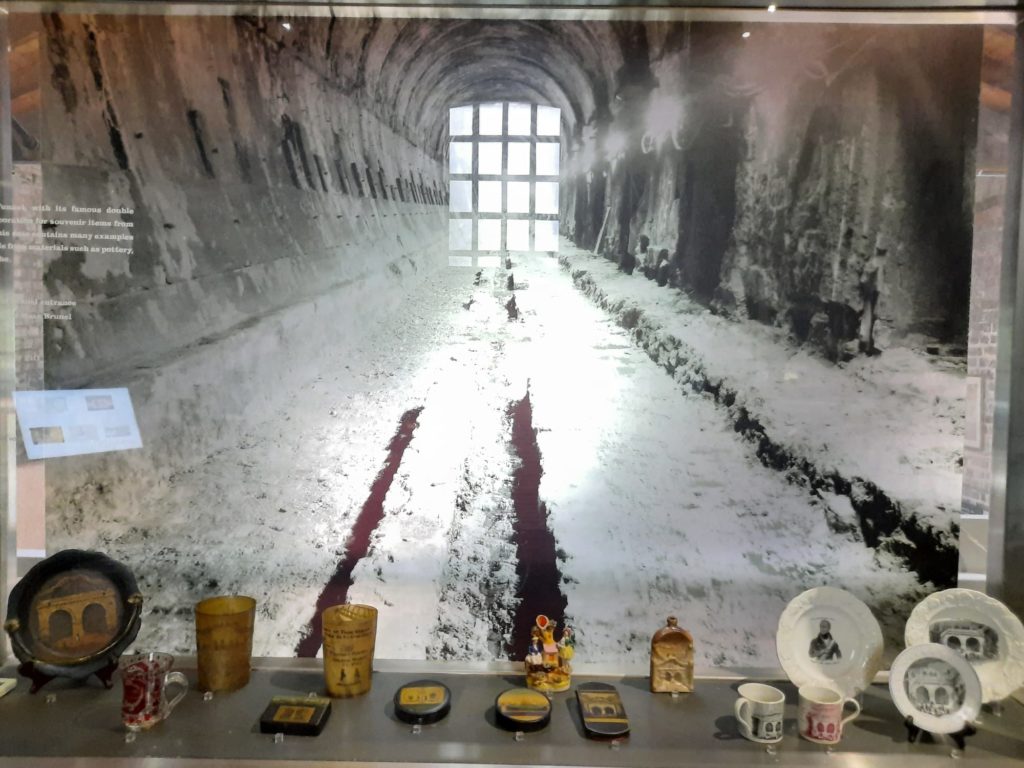
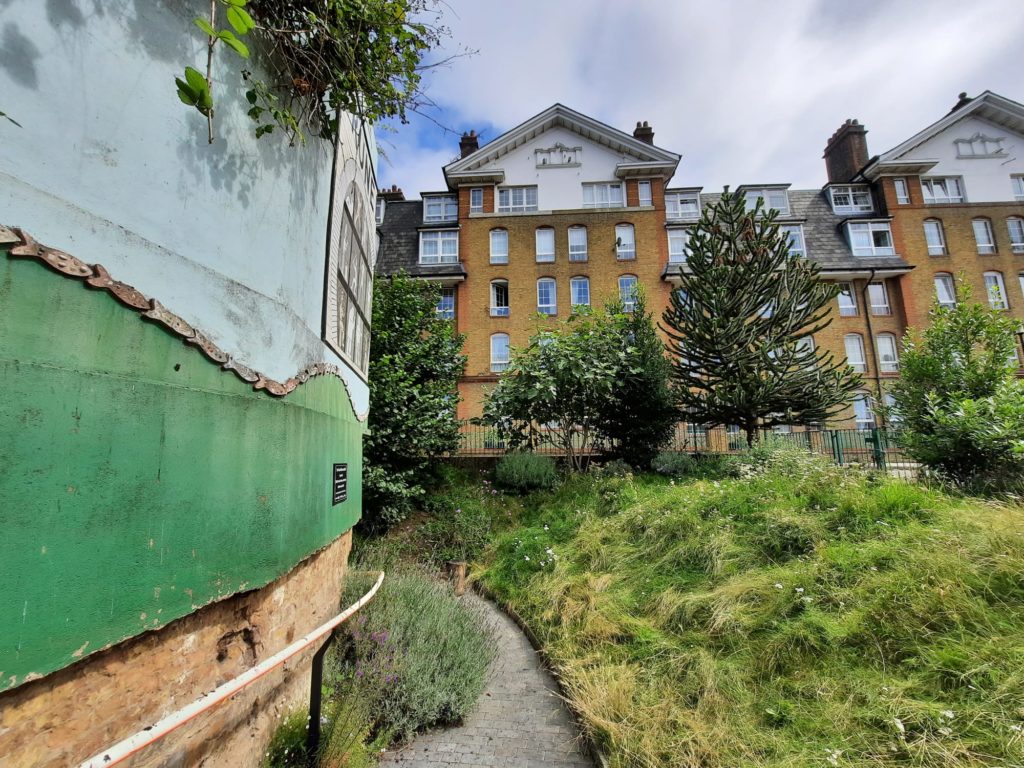
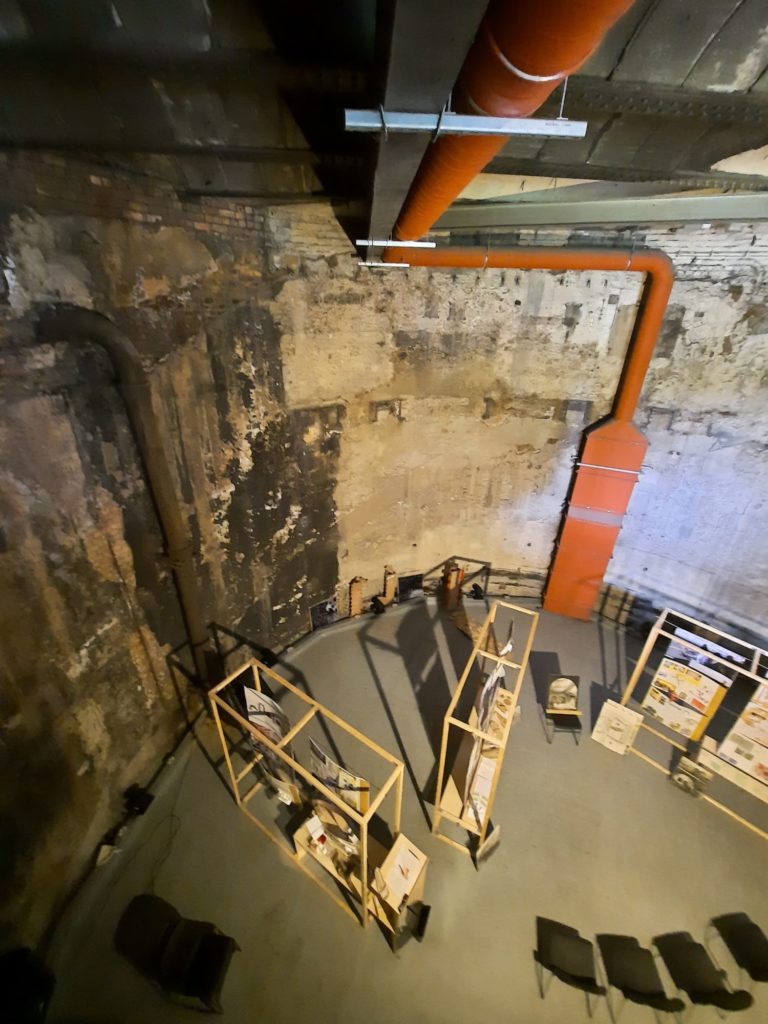
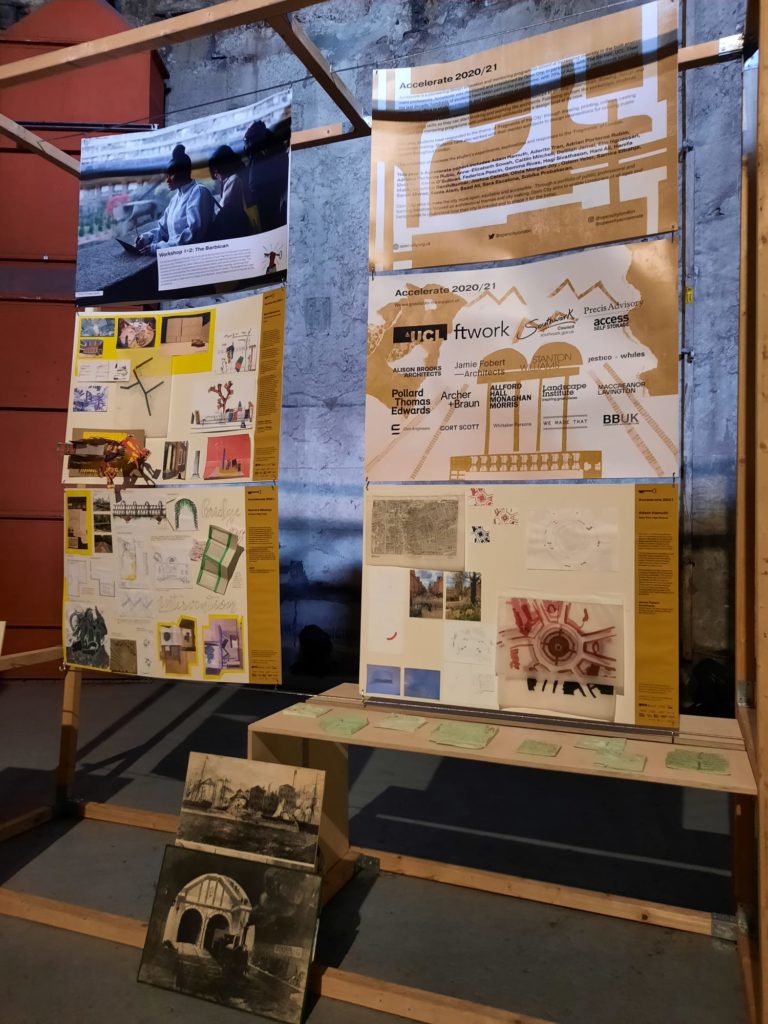
5 thoughts on “The Brunel Museum, London”